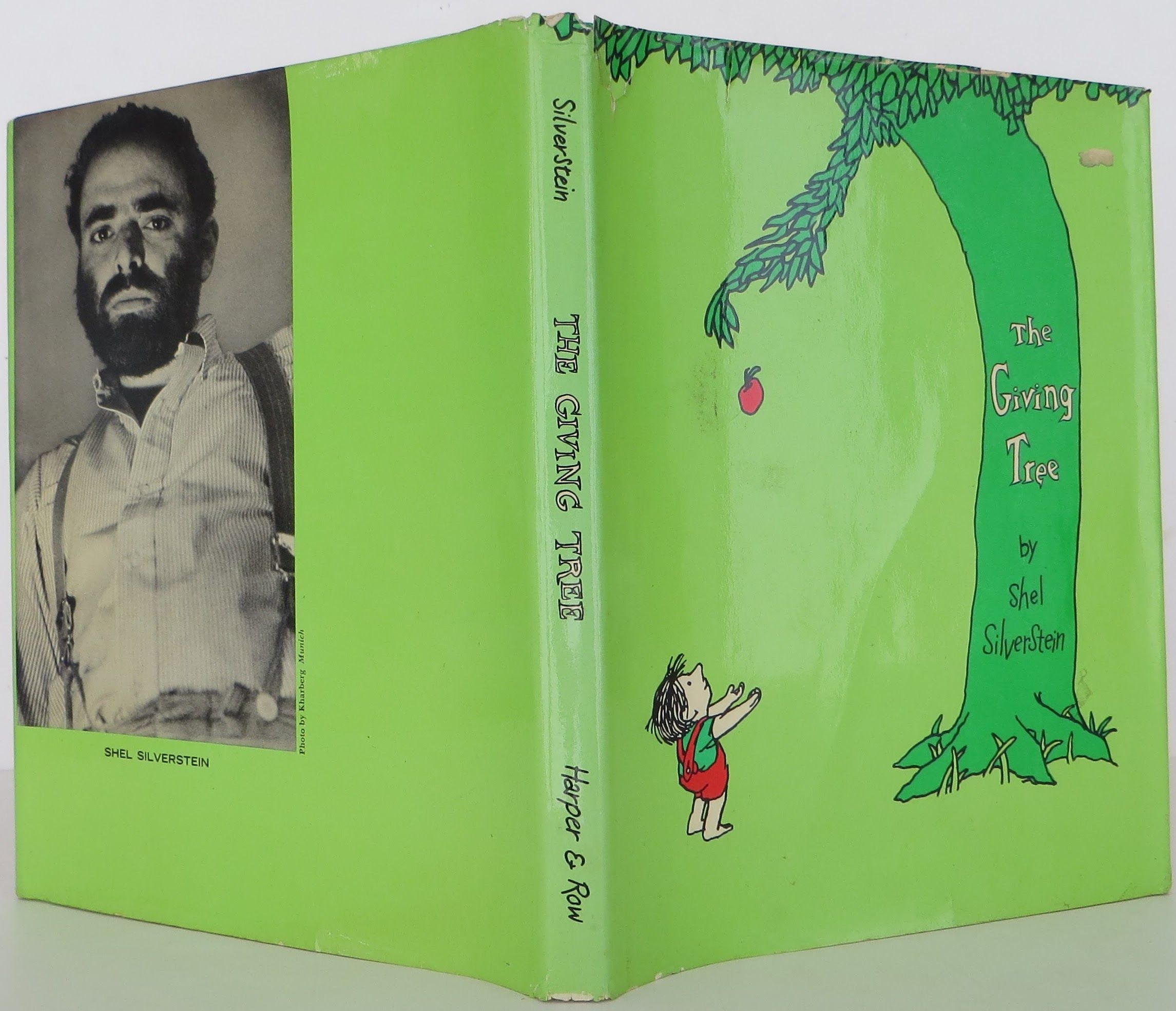


Even though Bingo Love’s story reads quickly, there is a lot that is set up that gives the reader hints as to what happens in the decades that the story covers. While we’re comparing this comic to other comics or queer media out there, I’d like to give an extra thumbs up to this comic by developing the relationship between Hazel and Mari. The women have curves, stretch marks, unkempt hair, and are portrayed as real-life women – not some over-sexualized or stereotyped portrayal as some comics often do with their female characters. The comic has a very few white people (the only white people are seen in their school and the only one with lines is the teacher who introduces Mari to the class). It is a story focusing on the love between two women of color who reconnect in their sixties. What I liked most about Bingo Love is that it is a book written for and created by women. Without spoiling anything, I will say that the framing in which the story is told is absolutely beautiful and will touch your heart (and tear ducts)! The comic, however, is so much more than the simple summary on the back of its colorful pages. We are introduced to Hazel and Mari as they meet each other in school and then experience their life together (and apart) and watch their love story unfold and develop. The brief summary on the back of this comic, more or less, tells you the entire plot. Take a trip through time with Hazel Johnson and Mari McCray as they fall in love at church bingo in 1963, break up because of pressure from their families, and reunite nearly fifty years later! Grab a box of tissues because this story will make you feel all the feels! Bingo Love, written by Tee Franklin, illustrated by Jenn St-Onge, and colored by Joy San, is a beautiful story that tells the love story that spans a lifetime.


 0 kommentar(er)
0 kommentar(er)
